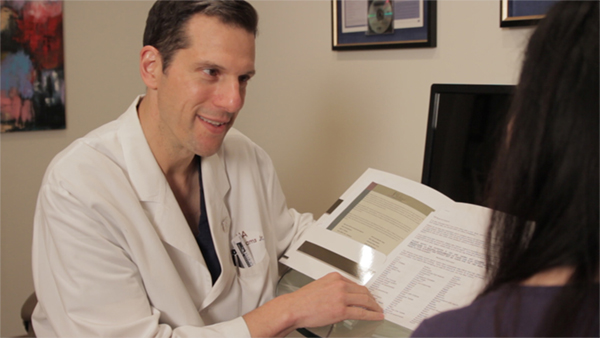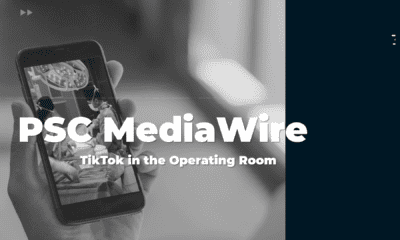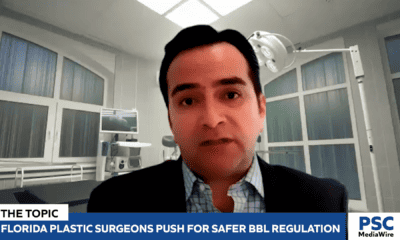
Ever feel that when you visit a doctor’s office you are from Venus and your physician is from Mars? Feel like you are not speaking the same language? Sometimes there is no two-way communication and the patient ends up leaving feeling dissatisfied, thinking health concerns weren’t addressed.
However, there are effective ways to better ensure you will make a personal connection with your plastic surgeon. Being on the same page improves the doctor-patient relationship. Here is some advice from plastic surgery experts about how to break down barriers and get on the same team when it comes to communication.
By: Dawn Tongish
The PlasticSurgeryChannel.com
Whether it is the suburban housewife or a celebrity athlete, Dr. William P. Adams Jr., always seems to have a personal connection with each patient. “People say to me all the time that it feels like they know me because they have seen me in my videos.” The board-certified plastic surgeon founded The Plastic Surgery Channel in Dallas and contributes cutting edge information to the online site. In today’s world of internet savvy consumers, Dr. Adams says most patients have already checked him out on the web before meeting him in the office for the first time.
“They already feel comfortable with me and I can connect with that person.”
In the digital era, Dr. Adams recommends that patients begin their search for a plastic surgeon online. Nearly every doctor has a website that features an informational profile, where a patient can hear and see the doctor. It is a good way to get a first impression of a plastic surgeon and see if the doctor might be a good fit. All of that should be done before a patient even steps foot inside the doctor’s office for the primary visit. This will help the patient know if they are going to bond with their doctor, which according to Dr. Adams is very important.
“You have to have that kind of connection. Patients need to be at ease and feel like this is someone they can share information with easily.”
Doctor-Patient Relationship Playbook

Nearly every coach has a playbook a mile wide. They often have a lot to say, and so do doctors. That’s why it is important for every patient to take a notepad and pencil or pen to take quick notes, if necessary. Don’t worry that the doctor is thinking this is a college course , it is better to have the notes than be confused later on about what he said. Don’t let the stress get to you. Breathe and relax.
“Doctors can be intimidating, even if they don’t want to be,” says Dr. Jim Namnoum, a board-certified plastic surgeon who practices in Atlanta, Georgia. Dr. Namnoum says his daughters tease him that his tall stature probably makes him a little imposing to patients when they first meet him and it’s probably similar for other doctors.
“We are wearing these white coats and we look like your dad or an authority figure.” Dr. Namnoum isn’t surprised that some women may find it difficult to let their guard down and reveal her body and thoughts to a plastic surgeon, especially in an intimate procedure like a breast augmentation. “It is a very vulnerable situation.”
New Advances Help Break The Ice, Promote Communication
New technology, like Vectra 3D imaging during breast augmentation, allows a patient to see her new shape before the surgery even takes place, helping a woman feel comfortable with her doctor. Experts say feeling at ease with the results often helps a patient to open up a talk with a doctor about expectations, concerns and even implant size.
“When they feel they can trust me, then they can talk to me and they know I won’t judge them based on what size implant they want to put into their body. I won’t think less of them, ” says Dr. Namnoum.
Other devices, like iPads, have helped patients visualize an outcome and improve communication. Experts like Dr. Adams say a critical factor in choosing a doctor who fits the right criteria for you is to look for one who is willing to listen.
“If I do all of the talking, you are never going to be happy. Doctors have to listen, too.”
Listen and talk, and everyone can be on a winning team.
















Facebook
Twitter
Instagram
YouTube
RSS